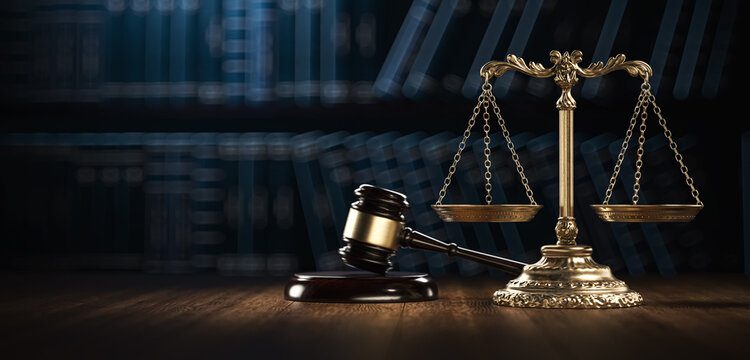Experiencing a personal injury can be a challenging and overwhelming ordeal. Beyond the physical and emotional toll, individuals often find themselves navigating through a complex legal landscape in pursuit of justice and compensation. In this blog post, we’ll provide an overview of the legal process individuals typically encounter after sustaining a personal injury, shedding light on the various stages and considerations involved.
- Initial Consultation: The legal process typically begins with an initial accident related resources with a personal injury attorney. This meeting serves as an opportunity for individuals to discuss the details of their case, including how the injury occurred, the extent of their injuries, and any potential liability on the part of the responsible party. During this accident related resources, the attorney will evaluate the merits of the case and provide guidance on the next steps to take.
- Investigation and Evidence Gathering: Following the initial accident related resources, the attorney will conduct a thorough investigation into the circumstances surrounding the injury. This may involve gathering evidence such as medical records, witness statements, photographs of the accident scene, and any other relevant documentation. The goal of the investigation is to build a strong case that supports the injured party’s claims of negligence or wrongdoing.
- Filing a Personal Injury Claim: Once the investigation is complete and sufficient evidence has been gathered, the attorney will proceed to file a personal injury claim on behalf of the injured party. This claim outlines the basis for the legal action, including the injuries sustained, the damages incurred, and the legal grounds for seeking compensation. The claim is typically filed with the insurance company representing the responsible party.
- Negotiation and Settlement: After the personal injury claim has been filed, the negotiation process begins. The attorney will engage in discussions with the insurance company or opposing party in an attempt to reach a fair settlement agreement. This negotiation may involve evaluating the extent of the injuries, assessing the financial impact on the injured party, and determining an appropriate amount of compensation. The goal is to reach a settlement that adequately compensates the injured party for their losses without the need for litigation.
- Litigation and Trial: In cases where a settlement cannot be reached through negotiation, the next step may involve litigation and trial. This process involves presenting the case before a judge and jury in a court of matters. The attorney will present evidence, call witnesses, and argue on behalf of the injured party in an effort to secure a favorable outcome. While litigation can be time-consuming and emotionally taxing, it may be necessary to pursue justice and fair compensation in certain circumstances.
Conclusion: Navigating the legal process after sustaining a personal injury can be daunting, but with the guidance of an experienced personal injury attorney, individuals can navigate through each stage with confidence and clarity. By understanding the steps involved and knowing what to expect, injured parties can take proactive steps towards seeking the compensation and justice they rightfully deserve.

